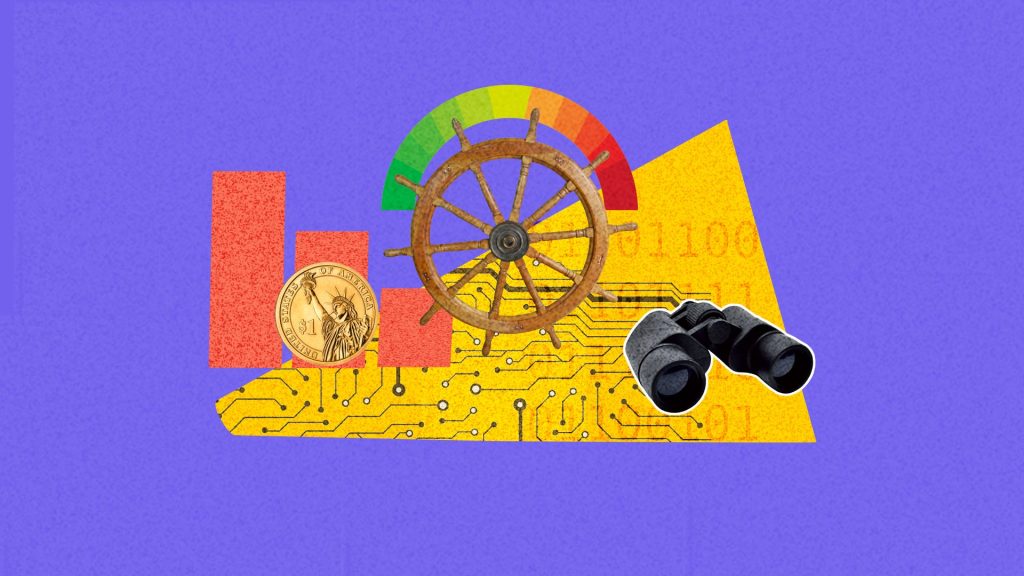The world has not been the same after the outbreak of Covid-19, the Russian-Ukraine war, energy crisis in Europe, instability in Asia after the withdrawal of troops from Afghanistan, the US-China trade wars, and Climate Change catastrophes. It is not a hoax that the mankind suffers from a grave danger of Food-security and is vulnerable to stretched supply chains that have caused the prices of even basic commodities to soar. Supply-chain disruption was highlighted when a shipment cruise carrying goods blocked the Suez Canal, an important global trading route, for six days. This has serious implications for the people and economies around the world.
Naturally, people looking for alternatives to sustain themselves and look for alternatives to absolve them of these peculiarities. One such outlet is considered to be Blockchain technology. The method is unjustly linked to being the driving force behind the cryptocurrencies and even misidentified as one and the same thing. The reality being, it is beyond mere decentralized transactions. Transparency and intelligent, accurate decisions are guaranteed through the deployment of Blockchain in enterprises serves as a solution to time the market, and users can make informed decisions beforehand. The data stored is accessible and recorded at each step, thus making it a safe and secure method of conducting operations. Payment is automated in a matter of seconds and authenticated through rigorous testing because several companies have tested it in real-time by means of reverse engineering and debugging in order to tailor the technology according to their needs in the industry.
Another advantage is that superior agility is achieved because of the efficient processing speeds that are internalized in the system. Empirical evidence suggests that the Distributed Ledger Technology (DLT) system enables the formation of a database that is laymen’s terms impenetrable and unassailable to cause disturbance or interference. What it essentially does is improves functionality in the automation of the business logistics around the world. They can rely on the information on shared basis as the logistical world is very collaborative ecosystem. Not to mention the time and cost such platforms would be saving. Although far-fetched, many firms are channeling their resources to fuse Blockchain with the likes of Artificial Intelligence and Machine Learning. This is a rather new-found concept but is well within the bounds of turning into reality. As such, data can be employed smartly based on the past workflow history or trends to pick up on future external events and devise strategies to cope with the situation aptly. An example would be any macroeconomic event that possibly causes a market of a certain commodity to be crashed, therefore allowing a company to plan accordingly and divest in that market and mitigate its risk.
Many Central banks have objected to the unchecked use of Blockchain, and some have even gone to the extent of the crackdown. This reservation has undermined the extent to which this technology is capable of barriers. The barrier can be a real challenge to the authority of policymakers and business leaders.

